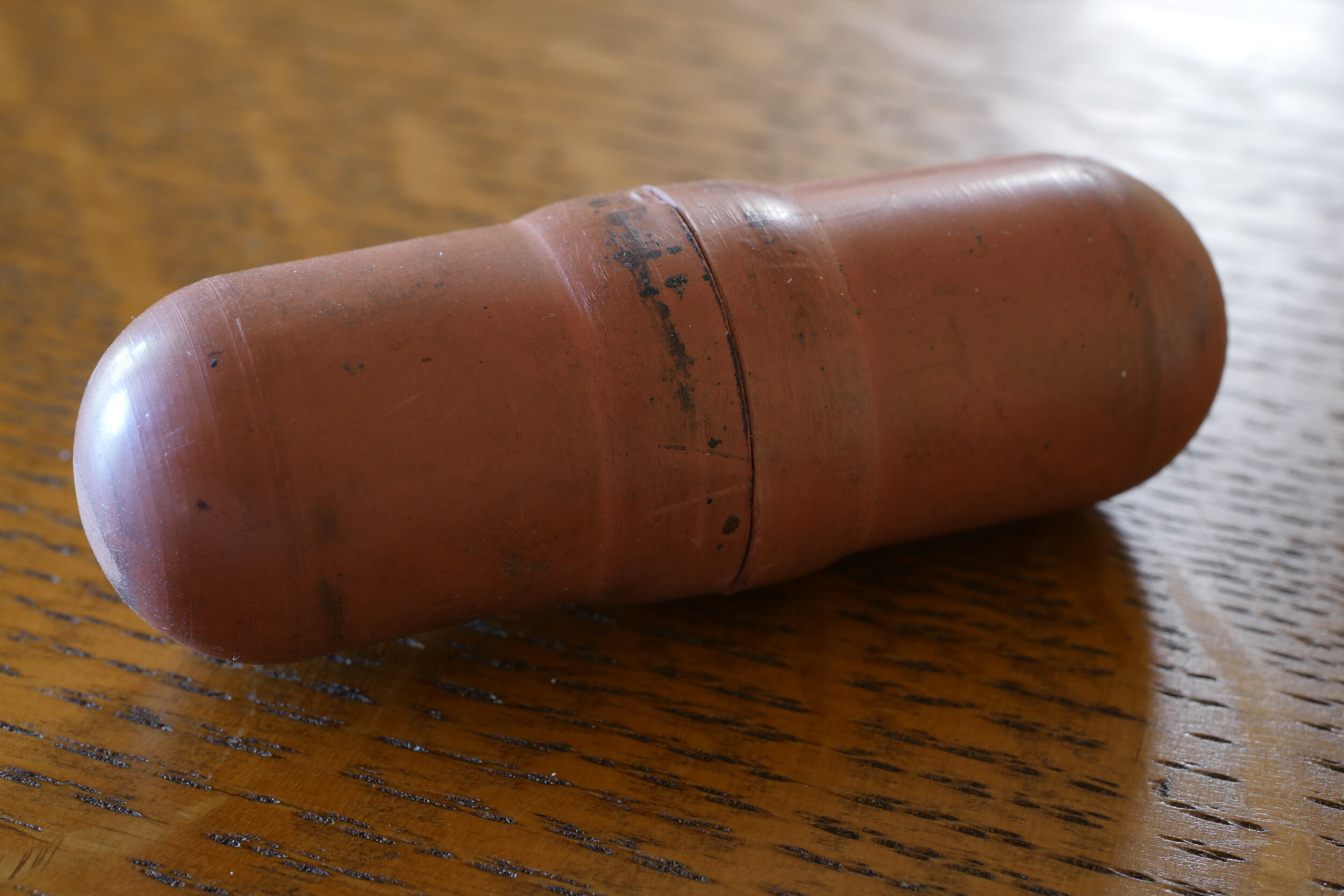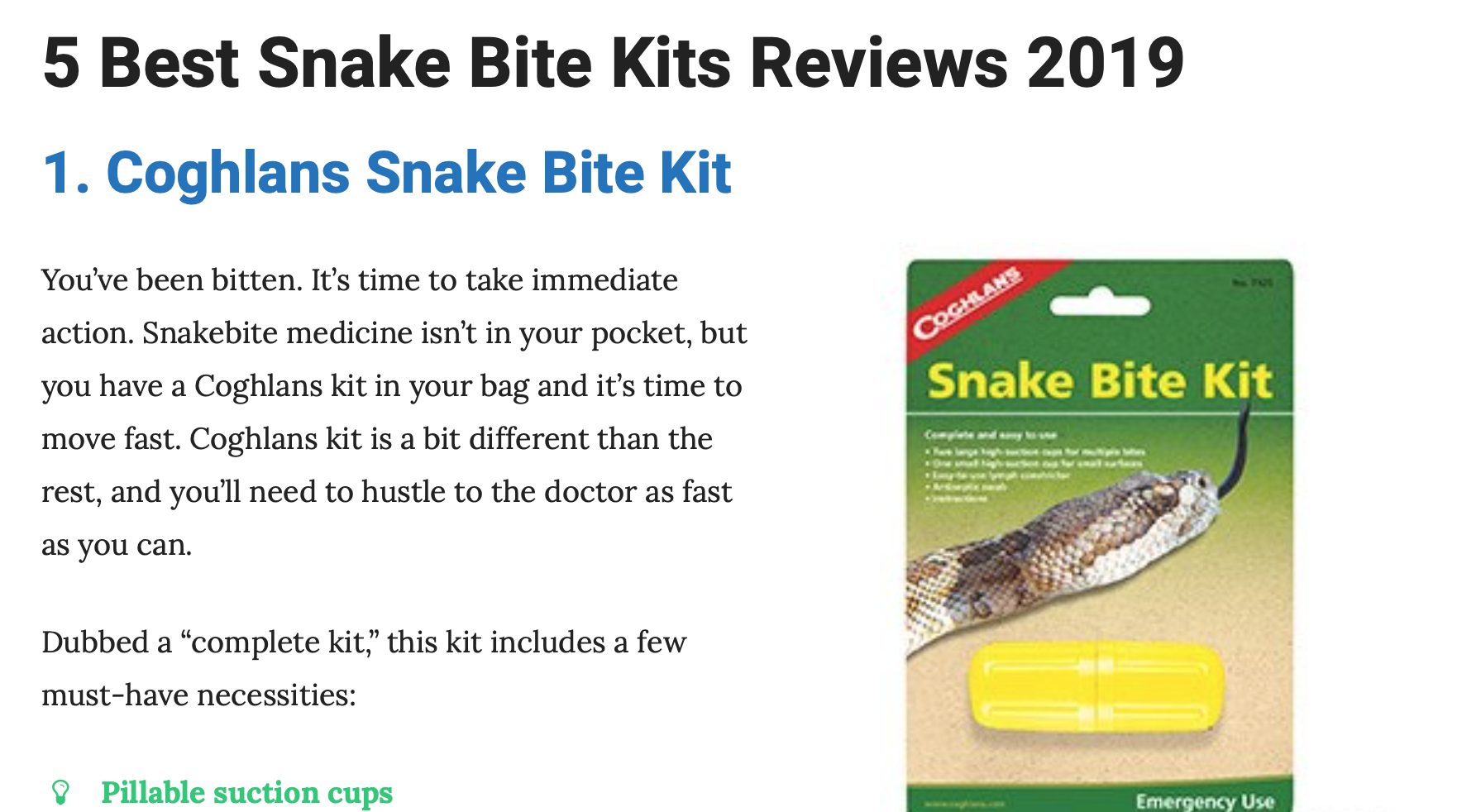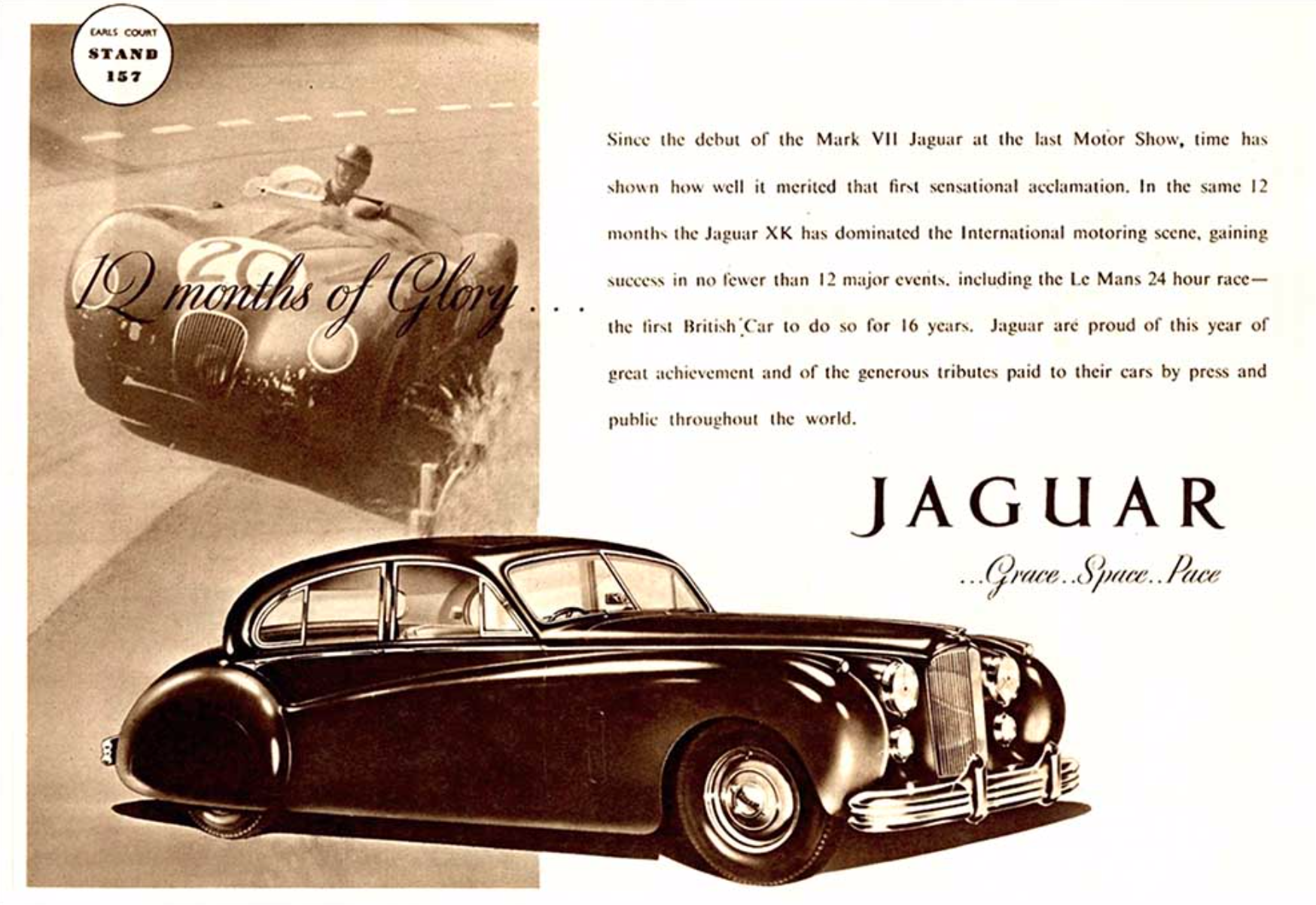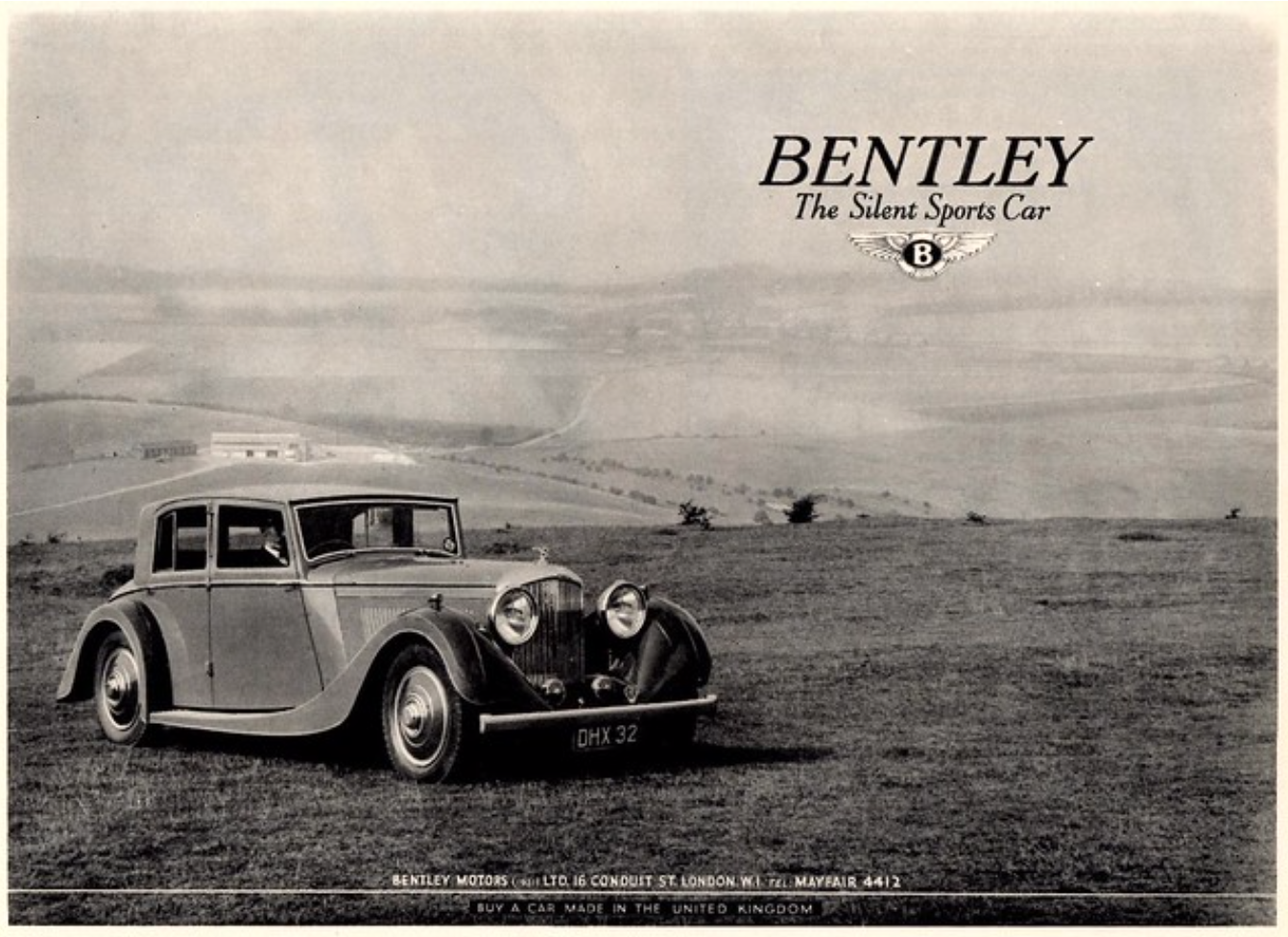
Overland Tech and Travel
Advice from the world's
most experienced overlanders
tests, reviews, opinion, and more
Seemed like a good idea . . .
Mount a massive (5,000 pound dry weight) overhead camper with an eleven-foot-long floor and multiple slide-outs on a short-bed truck. Then hang a motorcycle off the back.
The owners claim Ram should be responsible for the very expensive repair, saying the stated load capacity of the 3500 truck is 7,680 pounds. It appears, first, that they specced the wrong truck, looking up a regular-cab, long-bed 2wd 3500 model. The capacity of a crewcab 4x4 is significantly lower.
But that’s nearly beside the point. It doesn’t take much thinking to realize that a pickup is designed to carry its stated load in the bed, not six feet off the back. The leverage applied to this truck’s chassis must have been stunning over mediocre Baja roads. I’m on the side of the giant corporation this time.
Full story on MSN here.
The saga of JUE 477, first production Land Rover
A new book published by Porter Press International tells one of the most fascinating and unlikely tales in the history of the Land Rover: the saga of the very first production vehicle, 860001 (the title refers to its registration plate, JUE 477).
The vehicle was intended for presentation to King George VI, but instead wound up working for a living on farms and mining sites. A farmer named David Fairless bought it 22 years later for the estimable sum of £15, and let it sit in a field until 1998, when on a whim he trailered it to the Series 1 Club’s 50th anniversary rally. When the rally’s attendees realized the import of the 860001 serial number Fairless was deluged with offers, and he stashed the Land Rover in a barn. Not until after his death was 860001 sold—to Sir James Ratcliff, a Land Rover aficionado and more recently the founder of Ineos, the soon-to-be manufacturer of the Grenadier, the spiritual successor to the Defender, and by extension, 860001.
The 128-page book by Martin Port contains 240 photographs, from historical images through a complete documentation of JUE 477’s careful restoration.
Porter Press is here.
Classic Kit . . . not. The snake-bite kit.
Jonathan (left, with a crappy homemade snake stick), Bruce Douglas, and Jeff Swanson about to head into the snake-infested hills.
As kids growing up in the Sonoran Desert, my friends and I were always aware of the presence of rattlesnakes in the terrain we hiked and played in. Not that it upset us—far from it. We thought it was the coolest thing possible, along with coral snakes, scorpions, and other, larger coolest things possible, like cougars in the mountains we camped in. We would have been big fans of Doug Peacock’s later observation that, “It’s not wilderness unless there’s something out there that can kill you.” But we knew always to watch where we put our feet and hands, and always to look down before stepping out a door—an instinct so deeply ingrained that I do it when stepping out of a pub in London.
In those early days, if we saw a rattlesnake while on a backpacking trip we usually killed it—it was simply the accepted thing to do then. To be fair, we also usually skinned, roasted, and ate it, so it wasn’t simply murder. Later on we learned a more tolerant attitude—but we never stopped being aware of the possibility that one day you might let down your vigilance, or just have a second of bad luck.
That was okay—because we had snake-bite kits. Identical to the rather alarmingly suppository-esque looking thing shown here.
Cutter (later better known for insect repellent) first produced these in the 1950s as far as I can tell, but by the 1970s they were official Boy Scout items, issued to the military in Vietnam, and eventually copied by several companies such as Coghlans and All-Molded Plastics (the one shown here).
The kit comprised two rubber halves, designed to be suction cups, and a smaller one inside for use on fingers. Also included were scalpel blades, an iodine ampoule, and a cord to use as a tourniquet. According to the instructions, if bitten you were supposed to tie the tourniquet above the bite to restrict circulation, lance each fang mark in a cross pattern with the scalpel blade, then use whichever suction cup was appropriate to suck out the venom. And Bob’s your uncle, right?
Actually, no. It’s fortunate we never had to use one of these things as directed, because we almost certainly would have done more harm than good, especially with that tourniquet, assuming we didn’t lance a major artery, and hadn’t spent a half hour following directions instead of heading for home and a hospital.
Many studies (such as this one, of a much more sophisticated device, the Extractor) have shown that not only do suction devices not remove a remotely significant amount of venom, they can actually delay the healing process by weeks due to severe localized tissue necrosis at the site of application. The best snake-bite kit today is universally recognized as a set of car keys, to get the victim to a hospital for proper treatment with a polyvalent anti-venom. In the U.S., fatality among snake bite victims is well under one-half percent. In fact—I looked this up years ago for a book and verified it—more people in the U.S. die each year from accidentally pulling vending machines over on themselves than die from snake bite. Intriguingly, both types of victims tend to be young males . . .
The good news is, the futility and potential harm from using one of these devices is now common knowledge. No reputable company would think of marketing a product proven to be as ineffectual as blood-letting, lobotomies, and, well:
Or . . . maybe not.
In fact, Coghlans still sells their kit in hardware and outdoor stores across the country. Not only that, but in researching this piece I came across an article on a site called Pestwiki.com titled, “The Five Best Snake Bite Kits for Survival,” published in 2019. Number one? The Coghlan’s kit.
It’s followed by the Extractor (see study above) and several others. Then, after telling us which are the “five best snake bite kits,” they follow it with a sort-of kinda maybe caveat:
Note that bit, “ . . . they do remove some fluid but extract much venom.” Typo? If so it’s a doozy.
Postscript: By the time I was 14 or 15 I’d given up killing rattlesnakes, and instead was keeping them in cages in my bedroom, right under the nose of my stepfather, who would have put me out in the street if he’d found out.
Much more fun than eating them.
World's most exclusive used overlanding vehicle?
Of course one could make an argument for John Steinbeck’s Rocinante—but that’s in a museum. You can actually buy Steve McQueen’s 1952 Chevrolet 3800 and camper from the Legendary Motorcar Company. Note that “can” is highly subject to your financial status. The company doesn’t list the price; you have to “enquire.” From their description—which I’ve edited for grammar, ahem:
This special 1952 Chevrolet 3800 Pickup with custom camper was purchased by the legendary Hollywood actor Steve McQueen from a migrant farmer he passed on the side of the road in the late ‘70s when he resided in Trancas Beach, north of Malibu, California. An avid collector of vintage cars, trucks and motorcycles throughout his lifetime he owned more than 60 rare vehicles including a 1951 Hudson Hornet, a 1956 GMC Suburban, a 1931 Lincoln Club Sedan, a 1946 Willys Jeep, and a 1935 Chrysler Airflow Imperial Sedan. This 1952 Forest Green Chevrolet 3800 series is a one-ton step-side long-bed. Powered by the original 235 cu in Loadmaster 6-cylinder engine with a 4-Speed manual transmission.
McQueen understandably used the truck for cross-country camping trips as this Chevrolet pickup truck features a custom camper known as "Dust Tite.” The custom camper was built by Harold Van Hoosen, a sheet metal fabricator from Yreka, California, in October 1952.
Made of galvanized metal and aluminum, the camper includes a double-size bed, storage cabinets, drawers, shelves, and a heavy-duty diamond-plated rear bumper. Inside the famous Chevy 5-Window cab design, complete with sun-visor, the two-tone green bench seat is in wonderful condition. The interior has a pretty high trim level for a truck of this era and has an AM radio and Chevy heater. It also has a platform on top, making it a prime viewing location for auto and motorcycle racing events. Other features of this wonderful truck include five-gallon gas tanks on the running boards, driver's side spotlight and two toolboxes.
In case you’re in the market, LMC is here.
Those Southern Ocean breezes . . .
What happens if you leave a 70-Series Land Cruiser exposed to the onshore Southern Ocean wind on the southwest coast of Tasmania, for 25 years or so? This . . . spotted in Trial Harbor.
It's 10:00 AM, and I could use a drink
I’m a big proponent of effective mirrors, and of developing the ability—and trust—to use them. I learned this decades ago while delivering furniture and major appliances for J.C. Penney, driving a 24-foot box truck and, occasionally, a 40-foot semi. You either learned to use and trust your mirrors on those trucks or you wouldn’t make it far without damaging either the truck or something the truck impacted. But I learned that mirrors don’t lie. If a mirror tells you the back bumper of the truck is two inches away from a wall on the passenger side, you can be absolutely sure it’s two inches away. This made maneuvering and backing much easier than it seemed at times to onlookers such as homeowners, whom I could (also) see in my mirrors gesticulating wildly or actually screaming as I backed up near their houses. But I never so much as scratched one (house or owner).
Needless to say, learning to use mirrors effectively is just as useful when piloting a four-wheel-drive vehicle in difficult terrain. If your mirror tells you you’re still two inches away from that tree trunk you need to back around, you can be absolutely sure you’re still two inches away.
However, effective use of mirrors depends on having effective mirrors.
The stock mirrors on my FJ40 were high-quality steel-framed units, but the round configuration was just too small. I dealt with them for years before deciding to try a different approach. My first trial was a set designed to bolt to the windshield hinges—no drilling required. They were very nice mirrors with decent area, but as it turned out the vertical tube of my front roll cage badly obscured the passenger-side mirror. Attempts to swing the arm backward just ran it into the windshield frame. Fail.
The next experiment was a set designed to bolt to the door hinge—again, no drilling required. That solved the roll-cage issue; however, I found the rectangular shape of the new mirror to be barely better than the original round mirror. They were tall enough but not wide enough. Another fail.
Tall enough but not wide enough
The solution had been there all along, and I knew it, but I’d been hoping to avoid that route. Later FJ40s came with generously sized square mirrors, but they employed a different mounting system that involved three holes drilled in the door just behind the top hinge.
Finally I ordered a set of the newer mirrors, along with a retrofit kit, from Cool Cruisers in Texas (noting on my order that no thanks, I did not want a free poster of a scantily-clad chick holding an AK47 posed in front of a Land Cruiser). The kit sat in my garage for a month while I procrastinated and found other tasks to do, like emptying out the junk in the center console, and, oh, wow, the windows really need a good cleaning.
Finally I gritted my teeth and deployed the 7/16ths drill bit called for. I was leery of the plastic compression inserts designed to hold the bolts for the new-style mirrors, but actually they snugged up reassuringly.
The new mirrors are a huge improvement, and worth the angst of applying a drill to my beautiful doors.
My only remaining regret is the slightly—no, decidedly—cheesy appearance of the plastic backing on each mirror. I know exactly how to fix that: All I need are the custom mirrors offered by the FJ Company; the models they install on their $200,000 restorations. They’ll let plebes like me order just the mirrors—for $1,200 per pair.
Armoured Bentley Bentayga . . . or a 1997 Land Rover Discovery?
Recently I was reading about the stunning armoured (to use the British spelling) Bentley Bentayga offered by the high-end Canadian security company Inkas. For the nicely rounded sum of $500,000 the company will sell you a formerly-oh-so-ordinary Bentayga fitted with blast- and bullet-resistant armouring, plus a host of other Bond-esque tricks, resulting in possibly the planet’s most opulent terrorist-foiling four-wheel-drive machine.
But as I started reading about some of the options, it hit me: We had already owned a vehicle with a significant portion of those tricks—our 1997 Land Rover Discovery.
One featured option on the Inkas Bentayga is “shocking electric door handles,” which will give a nasty jolt to any would be carjacker as soon as he tries to gain access.
Big deal.
A few months into our ownership of the Disco, a friend who was getting in the passenger side when Roseann was driving leaped back as soon as she touched the door. “It shocked me!” she cried. Roseann got out and tried it, with the same result. Thereafter, at random moments, whomever was trying to get in any door on the vehicle would be nailed with an impressively high-amperage dose of DC current. We never did figure it out—but then we also were never successfully carjacked throughout our ownership period of the Discovery. Coincidence?
The Inkas Bentayga can also be equipped with a genuine smoke screen function to blind tailgating bad guys.
Pause while I roll my eyes. Anyone with a 120,000-mile Land Rover has a built-in smoke screen function. And nowhere on the Inkas option list did I see the classic Aston Martin DB5 oil slick defense, which—need I point this out?—is also standard equipment on any Land Rover.
How about the “fire suppression system for the engine bay?” That’s easy if you simply employ your 50/50 antifreeze mix for double duty, as we frequently did with leaky hoses and gaskets. (Not to mention the fact that, on the regular days when the engine would simply not start, there was very little likelihood of it catching on fire.)
How about “signal jamming?” Given the reception we got on the Disco’s AM/FM, I’m strongly tempted to think there was one of those hooked up somewhere too.
So, yeah, our Disco might not have had the level of interior craftsmanship enjoyed by the buyer of an Inkas Bentayga.
But then, we saved $498,000 on our four-wheel-drive British-made anti-terrorist machine.
Slogans: good, bad, and otherwise.
A good one . . .
Henry Ford once said, “If you have a really good thing, it will advertise itself.”
Lest you think this is mere hyperbole, note that between 1917 and 1923, when demand for the company’s seminal Model T was at its height, Ford ran no ads. Zero. Not as much competition back then, you might still argue? Actually a U.S. car buyer in 1920 could choose from over 120 brands.
It’s been a while since a manufacturer could dominate a market without any advertising, although sometimes I think Rolex could save a whole bunch of money. But in today’s fast-paced and overwhelmingly input-heavy world, I suppose product makers need to keep frantically stroking toward the surface of an ocean of products to make sure they’re noticed.
The easiest, grabbiest way to do so is with a really good slogan—a line of no more than a few words that encapsulates to maker’s philosophy or passion in a way that excites the consumer’s passion as well. You’d think this would be an easy thing to come up with, and there have been many legendary slogans that have become embedded in our collective consciousness: “Just do it” from Nike, certainly (even though it’s really a rather banal phrase). But it’s astonishing how many duds there are.
I got to thinking about the slogans of various brands with which I’m familiar, or have actually purchased, when I passed a Land Rover LR4 with a conspicuous “One Life, Live It” banner across the back window. I have to admit this slogan has always given me a vague icky feeling. It’s just way too precious, like the people who would be susceptible to it would be into indoor rock climbing and Soulcycle and Bikram yoga but never actually do anything out of doors. I’m positive that’s grossly unfair, but it’s just my gut reaction. And it got me to thinking of other slogans I like, and yet others that make me wonder that someone actually got paid to come up with them.
Compare Porsche’s incomparable and oh-so-Germanic “There is no substitute” with Snap-on’s lame “There is a difference.” The former sneeringly dismisses the competition; the latter is defensive and whiny about that competition. Porsche is telling you, “You can buy a Corvette for half the money. It might even be faster around a race course. But it’s still just a Chevrolet.” Snap-on is saying, “You can buy Craftsman tools for a fifth the price, but ours are better. Really. We promise.” Lame.
(Honorable close second to Porsche goes to Ferrari and its “We are the competition.” I wonder if they hired a German PR agent for that one?)
The automotive world has seen its share of winner and loser slogans. Perhaps the most bold was Volkswagen’s simple “Think small” campaign, launched in the teeth of America’s craze for ever-larger land yachts in the late 1950s. But it worked, attracting hundreds of thousands of owners who either were unimpressed by or simply couldn’t afford the tail-finned barges of the era. (And of course there was National Lampoon’s own later Volkswagen “ad,” showing a Beetle floating in water—an actual Volkswagen boast at the time—with the line, “If Ted Kennedy drove a Volkswagen, he’d be president now.” Ouch.)
Chevrolet, perhaps surprisingly, has had several slogans perfectly tuned to its market. “See the USA in a Chevrolet” and “The heartbeat of America” conjured both road-trip adventure and patriotism. Contrast with Toyota’s bland “Oh what a feeling!” “Get the feeling,” the inexplicably inexplicable “Moving forward,” or the just plain stupid “Everyday.” Really, Toyota? Mercury’s “Live life in your own lane” sounds like the kind of admonishment so many lane hogs could use these days, whereas Mitsubishi’s “Wake up and drive” seems to be aimed at Tesla owners who play video games on the freeway.
At the other end of the spectrum are such brilliant slogans as Jaguar’s original “Grace . . Space . . Pace,” Bentley’s “The silent sports car,” and, much later, from Lexus, “The relentless pursuit of perfection.” BMW’s excellent “The ultimate driving machine” was followed by the so-so “Sheer driving pleasure.” Audi’s “Vorsprung durch technik” sounded awesomely über-something-or-other in German, even though its literal translation is simply “Advancement through technology.” Meh.
Perhaps my favorite automotive slogans of all time were completely fictional. A few years back some clever soul imagined the reintroduction of the infamous Trabant 601, and came up with a campaign of fanciful yet oh-so-perceptive slogans, such as “Just like stainless steel. But made from plastic,” or “Just like a gym. But with a steering wheel.” Truth in advertising, even if it was fake.
Hint: When using “Search,” if nothing comes up, reload the page, this usually works. Also, our “Comment” button is on strike thanks to Squarespace, which is proving to be difficult to use! Please email me with comments!
Overland Tech & Travel brings you in-depth overland equipment tests, reviews, news, travel tips, & stories from the best overlanding experts on the planet. Follow or subscribe (below) to keep up to date.
Have a question for Jonathan? Send him an email [click here].
SUBSCRIBE
CLICK HERE to subscribe to Jonathan’s email list; we send once or twice a month, usually Sunday morning for your weekend reading pleasure.
Overland Tech and Travel is curated by Jonathan Hanson, co-founder and former co-owner of the Overland Expo. Jonathan segued from a misspent youth almost directly into a misspent adulthood, cleverly sidestepping any chance of a normal career track or a secure retirement by becoming a freelance writer, working for Outside, National Geographic Adventure, and nearly two dozen other publications. He co-founded Overland Journal in 2007 and was its executive editor until 2011, when he left and sold his shares in the company. His travels encompass explorations on land and sea on six continents, by foot, bicycle, sea kayak, motorcycle, and four-wheel-drive vehicle. He has published a dozen books, several with his wife, Roseann Hanson, gaining several obscure non-cash awards along the way, and is the co-author of the fourth edition of Tom Sheppard's overlanding bible, the Vehicle-dependent Expedition Guide.































